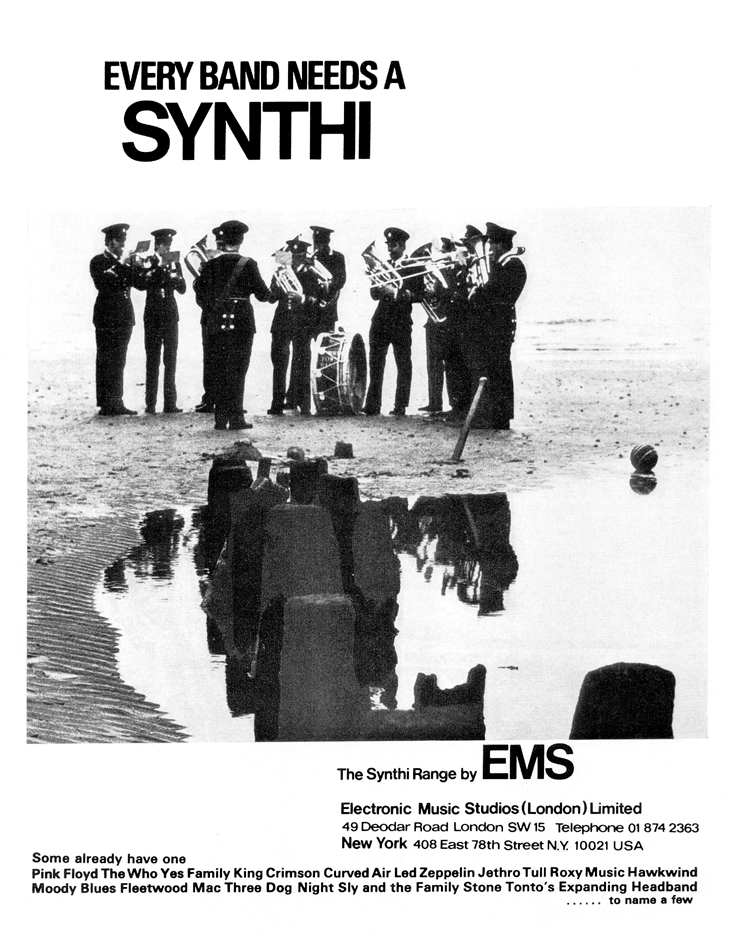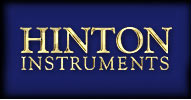The VCS3 was the brainchild of electronic music composer Tristram Cary and the electronics were designed by David Cockerell.
They formed Electronic Music Studios (London) Ltd. with Peter Zinovieff in 1969 financed by the latter's wife's money to manufacture what was originally called "The Putney (VCS3)".
After Cary and Cockerell left and Zinovieff's wife divorced him in 1972 EMS went into decline and mismanagement until bankruptcy in 1979.
Zinovieff never really got analogue synthesizers or understood the market and referred to the VCS3 as "that pathetic little box" (a description more suited to his obsolete PDP8s), yet never produced anything as successful.
W.Carlos didn't get it either and slagged the VCS3 off in the Whole Earth Catalogue:
"The PUTNEY is a real toy. Its components are highly unstable/unpredictable and the selection made is highly gimmick orientated and does not by any stretch of the mind permit any subtle sounds & exp. to be constructed. It also has a so-called touch-sensitive keyboard which has to be tried to be believed, it's that awful. No feel or physical feedback at all (as there is in a piano, for example); again, another great concept worked out in ignorance (and the one I tried worked backwards: softer touch = louder sounds!) But it is small & portable & groups might like it for special effects."
EMS simply responded with this advertisement:

Despite its idiosyncratic contrasts of expensive components and penny pinching cheapness, its labour intensive construction and circuitry that took minimalisation below sensible limits, the VCS3 was truly greater than the sum of its parts and the company that made it.
Despite all its flaws the VCS3 and its suitcased version, the Synthi A, was used by some of the greatest bands at the time on what are now regarded as classic recordings.
The most serious users soon learnt that was it much easier to modify a VCS3 and overcome its weaknesses than to customise the more production built synthesizers being made by ARP and Moog.
A set of simple modifications evolved amongst the most dedicated VCS3/Synthi A users and these will completely transform the operation and performance of these classic synthesizers without losing their essential character.
Most of these modifications and repairs can be expertly performed by Robin Wood at EMS (Cornwall).
Hinton Instruments is a completely separate company specialising in professional audio custom design and although this includes analogue synthesizers we do not carry EMS spares.
Please do not contact us for EMS repairs or if EMS do not reply to your email--it is better to telephone them.
This information is presented for those owners who may be put off by the risk or cost of shipping their precious possession or who prefer to do the modifications themselves.
The following pages detail modifications that I was doing in the early 1970s, plus a few new ones. I have split them into Essential, Recommended and Optional.
Although these modifications are quite simple they should only be performed by those experienced in electronics with access to at least a good oscilloscope and frequency meter. Do not attempt otherwise.



